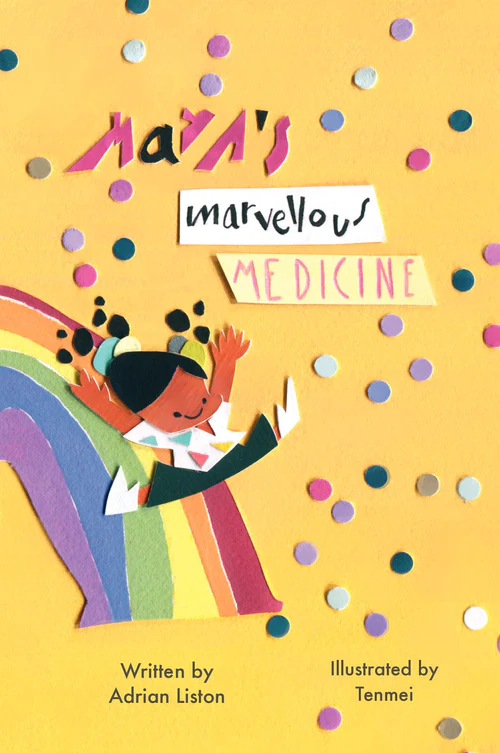Black excellence in cancer research at Cambridge
 Friday, August 2, 2024 at 11:56AM
Friday, August 2, 2024 at 11:56AM Black scientists in Cambridge are driving change to help create a cancer research sector that better represents the wider population.
Read the full article, including the profile of our very own Magda Ali!
 Magda Ali is in her final year of the Cancer Research UK Cambridge Centre MRes + PhD in Cancer Biology funded studentship at the Department of Pathology and Lucy Cavendish College.
Magda Ali is in her final year of the Cancer Research UK Cambridge Centre MRes + PhD in Cancer Biology funded studentship at the Department of Pathology and Lucy Cavendish College.
After graduating from King’s College London with a degree in Biomedical Science, she spent two years working as a scientist on cell and gene therapy assets at GlaxoSmithKline, before beginning her PhD researching immune cell trafficking into solid tumours.
“I loved my undergraduate degree, every part of it, I found it fascinating!” she said. “In my final year I studied the biology of cancer and it felt like that was what everything had been leading up to. It put all of the things I’d studied up to that point into the context of this horrible disease, that dysregulates everything and co-opts all of these pathways that normally work well, using them to its own advantage. I found the complexity of the disease really interesting, particularly because of cancers resistance mechanisms. It’s the biggest challenge.”
During her degree, Magda specialised in cancer immunology. “I was really lucky to get a final year degree project in a lab working on immunotherapies – it was becoming a hot field at that time so it was a great opportunity.”
And off the back of the lab experience she built up during her degree, Magda landed a position at GSK, where she worked for two years before applying for her PhD.
She said: “Not many people from my school went on to University to study for an undergraduate degree, let alone to study for a PhD, but it was something I’d known I wanted to do for a long time.
“It’s important that there is representation of all races and heritages when it comes to research and running clinical trials, and not just at the point of developing the drug – but at the point of thinking about which questions to ask. We need diverse minds and diverse backgrounds to ask questions that are relevant for everybody, to make sure there’s equal access to healthcare. Education is such a privilege, and although some people make a huge effort, I think in general we can do much better at communicating science to the public.
“After my PhD, I hope to work as a science communicator to bridge the gap between science and the public.”
 Black in Immunology
Black in Immunology 














